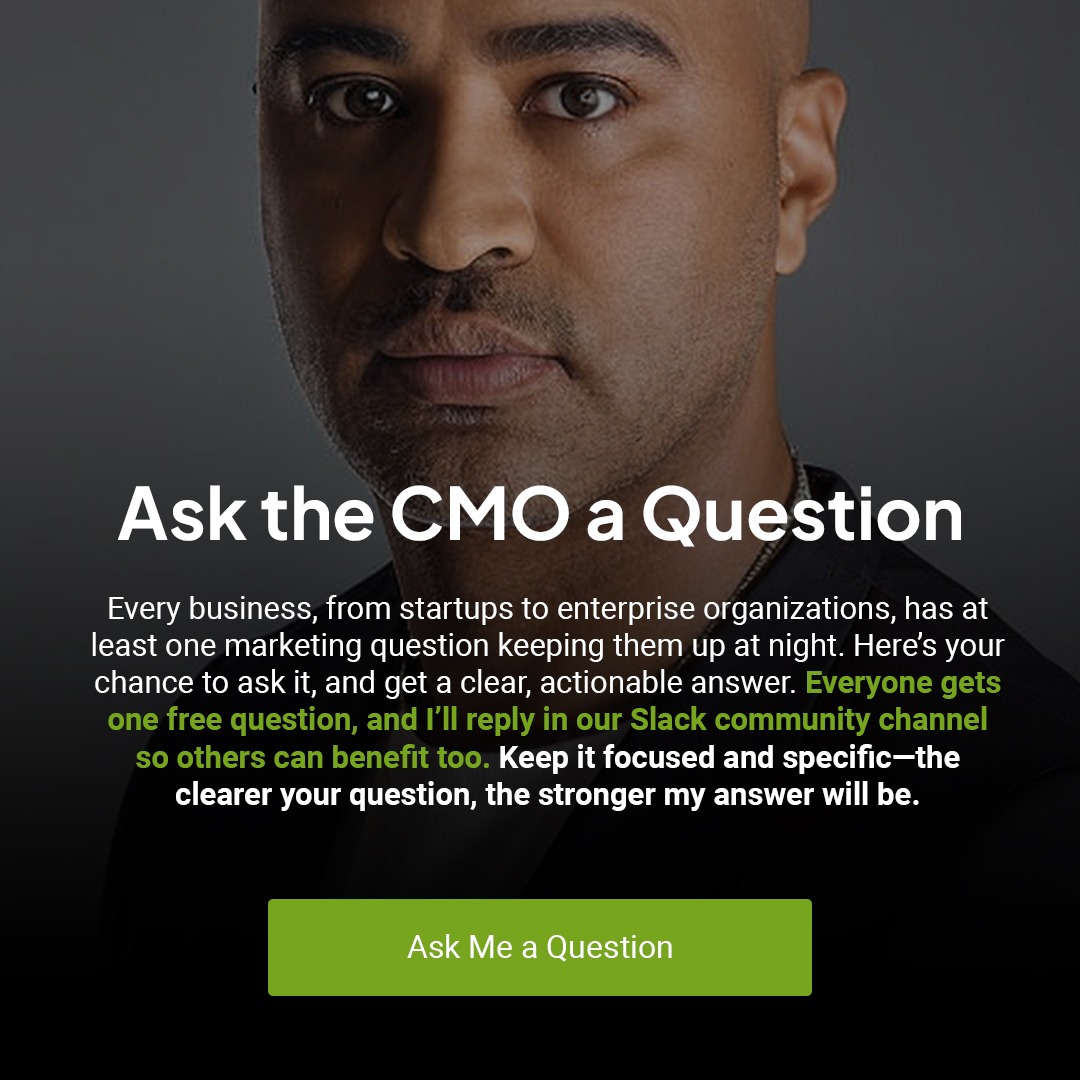A short video recently popped into my social feed. It wasn’t a TED Talk or a thought leadership seminar — just a tight, visceral moment that captured something every founder knows but few admit: being nice won’t save you if you can’t produce. In startups, there’s no scoreboard for “most harmonious meeting” or “best Slack banter.”
There’s only:
- We shipped it. The product or feature is live, measurable, and impacting customers.
- We didn’t. Everything else is irrelevant when the scoreboard is binary.
Everything else? That’s noise. And noise is expensive.
What “Signal” and “Noise” Really Mean in a Startup
Borrowed from engineering, “signal” refers to the clear, valuable data you actually need, while “noise” is everything else that distracts or distorts.
In a startup context:
- Signal: Features released. Deals signed. Problems fixed. Campaigns launched. These are the things that directly move the company toward product-market fit or revenue, and you can point to them on a timeline.
- Noise: All-hands meetings without decisions. Slack debates over hypotheticals. Polished reports that no one reads. Status updates where nothing has changed. These things feel busy but produce no measurable progress.
If it doesn’t produce forward motion, it’s noise — and noise quietly kills momentum.
Why Being “Nice” Can Kill You
The danger isn’t kindness itself — empathy and respect are essential to building trust. The danger is when “being nice” becomes code for avoiding conflict, skipping feedback, or letting poor work go unaddressed.
This is where good intentions quietly sink a company:
- Telling a team “we’re on track” when you’re already behind. This shields people from reality in the short term but leaves them blindsided when deadlines hit.
- Letting a weak marketing push go out the door because the team “worked so hard.” Effort matters, but customers only experience results.
- Avoiding a performance conversation because “they’re a great person.” Being likable is not the same as being effective in a high-pressure environment.
Every time you trade honesty for comfort, you burn runway. And unlike feelings, runway doesn’t grow back.
The Brutal Economy of Attention
In a 10-person startup, an hour-long meeting with the entire team isn’t just “an hour.” It’s ten collective hours — more than a full workday — spent in a room instead of moving the business forward.
Do that daily, and you’ve thrown away an entire workweek every month.
Attention is your scarcest resource. Spend it on noise, and you won’t have enough left for signal.
Real-World Example #1: The Startup That Shipped Late and Lost
A health-tech company in San Francisco had a groundbreaking product idea. They also had a calendar full of brainstorming sessions, “alignment meetings,” and culture-building workshops. By the time they finally shipped their MVP, two competitors had already launched — and one had locked up a key enterprise contract the team had been courting.
They weren’t beaten by innovation. They were beaten by noise.
The Communication Shift That Changes Everything
Noise-heavy cultures usually have one thing in common: vague, padded communication.
Signal-first communication looks like this:
- From: “Let’s circle back next week.” To: “Here’s the decision — we move forward starting tomorrow.” The decision is made in the moment, which saves days or weeks of drift.
- From: “How’s everyone feeling about this project?” To: “Here’s what’s done, here’s what’s blocked, here’s what’s next.” This ensures every conversation is rooted in progress, not just sentiment.
- From: “We should discuss.” To: “We decide now or assign an owner.” Momentum is preserved, and ownership is clear, preventing slow death by indecision.
It’s not about being cold — it’s about respecting the time and attention of the people trying to build something under extreme constraints.
Why Signal-First Leadership Feels Harsh
Cutting noise often means cutting pleasantries, and that can feel harsh to people who value a “soft landing” in every conversation. Leaders who operate this way sometimes get labeled as blunt or unapproachable.
The reality? They’re protecting the team’s jobs by protecting the company’s ability to execute.
If the product doesn’t ship or customers churn, there’s no “culture” left to defend. The kindest thing a leader can do is ensure the company survives.
Real-World Example #2: The CEO Who Saved the Company by Saying “No”
A SaaS founder in Austin inherited a team drowning in side projects and “innovation experiments” that ate resources but produced nothing. Within her first week, she shut down 60% of in-progress work and redirected the entire company to the three deliverables most likely to generate revenue in 90 days.
Morale dipped for a month — then rebounded when the company landed a multi-year deal that doubled ARR.
The Myth of the “Nice” Startup Culture
Unlimited snacks. Flexible Fridays. An office dog named Baxter.
None of these are bad — but they’re meaningless without actual delivery.
A healthy culture isn’t a perk list. It’s a shared commitment to execute. And execution is the one cultural trait that scales.
Execution as the Only Culture That Matters
Execution doesn’t mean working harder. It means removing anything that doesn’t contribute directly to producing outcomes.
That means:
- Canceling recurring meetings without clear output. If the meeting exists “because we’ve always had it,” it’s probably noise.
- Ending debates once the decision is made. Keeping the conversation open wastes energy and reopens closed loops.
- Replacing theory with quick experiments and measurable data. This shortens the path between idea and proof, keeping the team learning and shipping.
Execution is how you show respect for your investors, your customers, and your colleagues.
How to Build a Signal-First Culture Without Burning Out the Team
A signal-first culture isn’t a boot camp. It’s about protecting energy for the work that matters.
Practical steps:
- Audit for noise. Review every meeting, Slack channel, and workflow. Ask if they create measurable value. If not, cut or consolidate.
- Standardize clarity. End every meeting with “What’s done? What’s blocked? What’s next?” This creates a habit of progress tracking.
- Make direct feedback normal. Give specific, actionable feedback quickly so issues don’t fester.
- Celebrate outcomes, not effort. Recognize achievements tied to actual results, not just time spent.
- Model the behavior. Leaders who avoid noise set the tone for the entire organization to do the same.
Real-World Example #3: The Startup That Thrived by Cutting the Chatter
A fintech startup in London noticed their Slack message volume was exploding, but releases were slowing. They introduced a “quiet hours” policy from 9–12 every morning, killed 40% of standing meetings, and moved status updates to a shared doc.
Result: Feature release velocity doubled within two quarters.
The Leader’s Quick Test for Spotting Noise
Ask:
- Does this create measurable progress toward our core goals? If not, it’s probably an unnecessary drain on time.
- Will it still matter in 30 days? If the answer is no, the effort is likely misplaced.
- If we skipped it, would anything break? If nothing breaks, the work isn’t essential — at least not now.
If the answer is “no” to all three — cut it.
Closing: Choose Signal or Choose Failure
Startups don’t die because they were too direct. They die because they confused being nice with being effective. When the clock is ticking, you can have a culture centered on comfort or a culture centered on producing results. You can’t have both as your operating default. Every ounce of energy you spend on noise is energy you can’t use to win. Leaders who choose signal — and have the backbone to enforce it — give their startups a fighting chance. The rest become LinkedIn postmortems about “what we learned along the way.”
Keep Reading
Want more? Here are some other blog posts you might be interested in.
Confusing a launch plan with a GTM strategy is one of the fastest ways to stall growth. A launch plan gets ...
On Monday, October 20, 2025, Amazon Web Services experienced a major incident centered in its US-EAST-1 region. The problem began in ...
There is a certain kind of account that arrives wrapped in urgency and praise. They hire you because you are the ...
For founders and growing companies
Get all the tips, stories and resources you didn’t know you needed – straight to your email!




